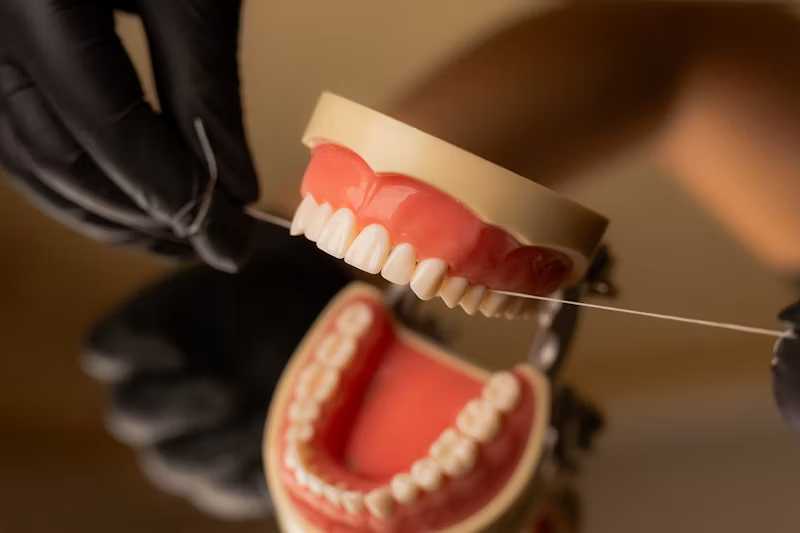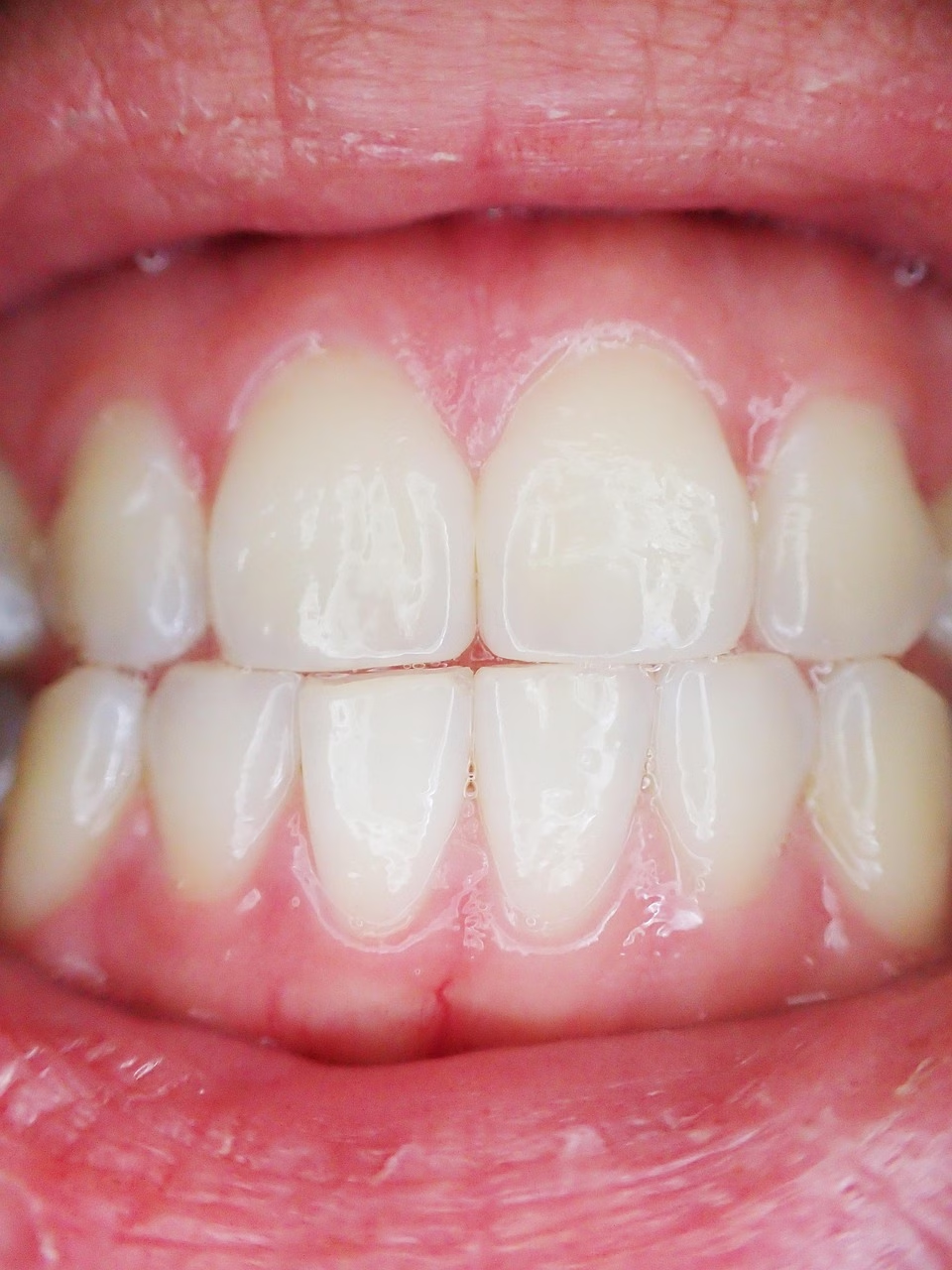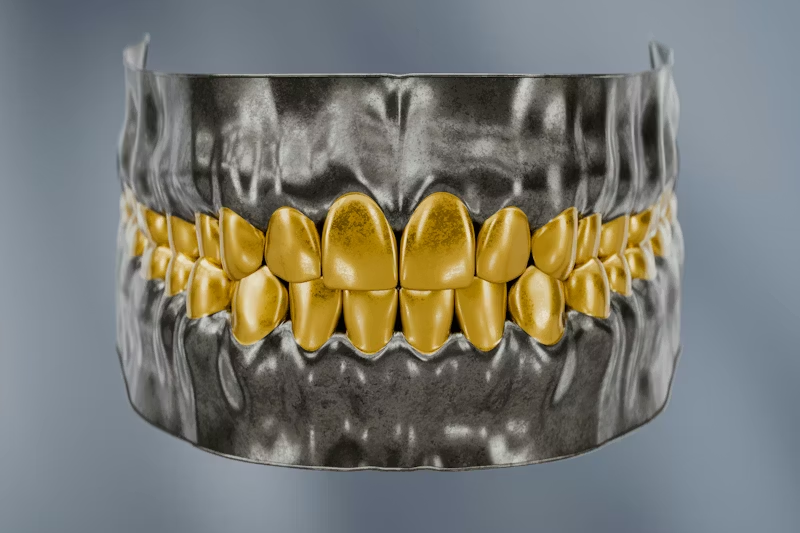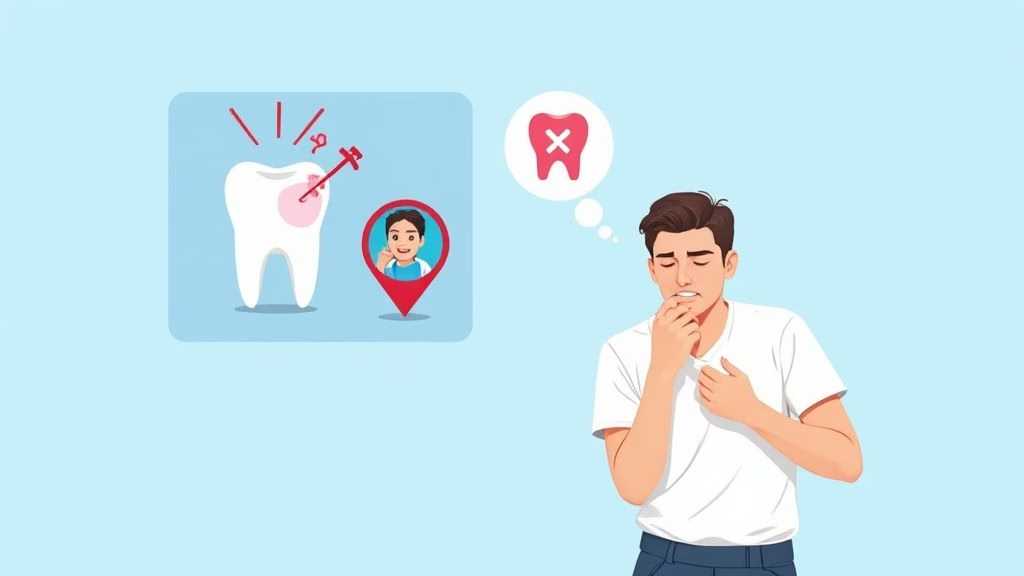Permanent Retainer Guide – What To Know
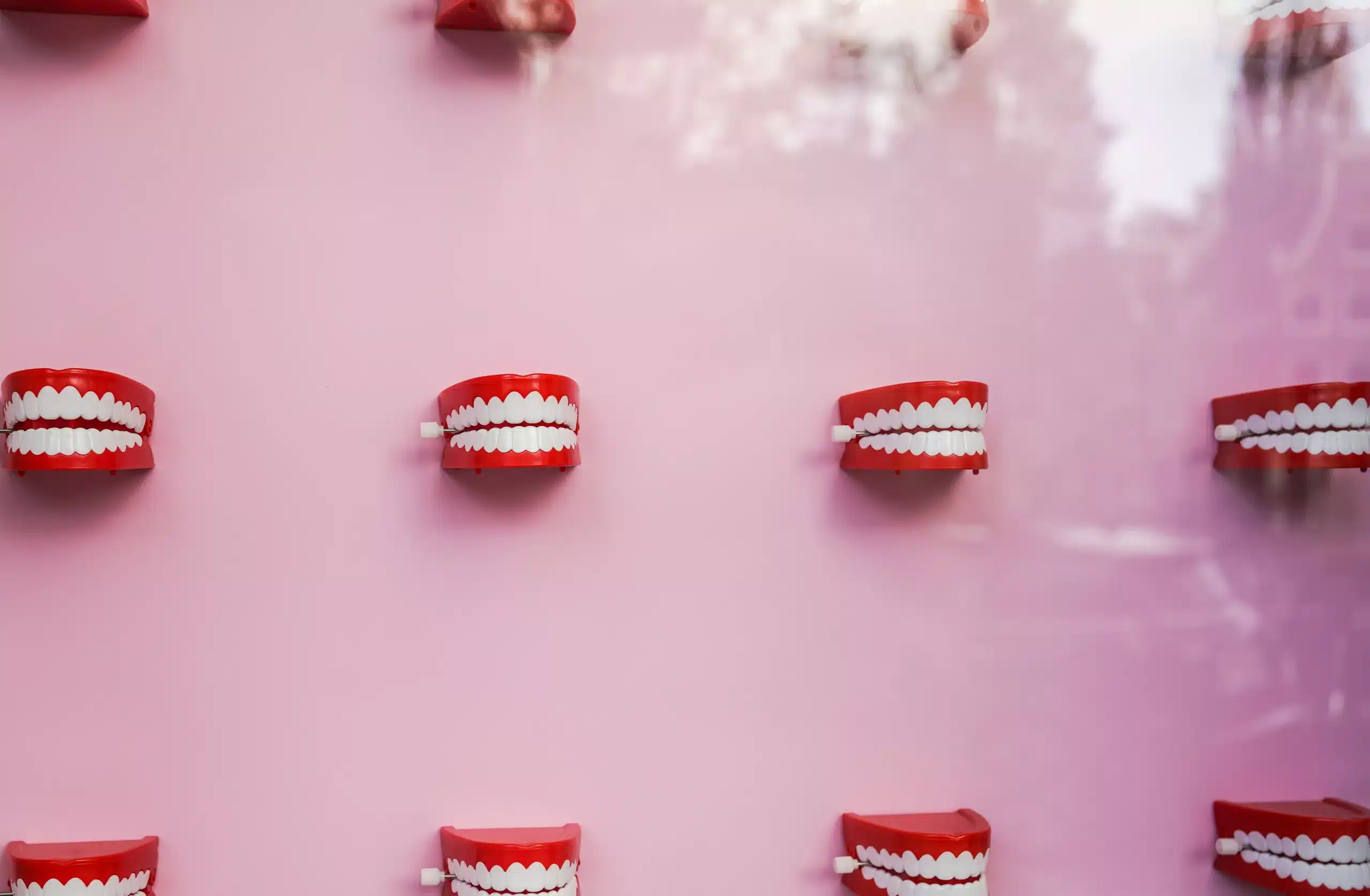
A permanent retainer is a discreet, thin wire that’s fixed behind your teeth to maintain their position after realignment. It’s there quietly working in the background to ensure your smile stays straight.
But how much do permanent retainers cost? How do you clean them? And how do you know if they’re the right choice for you?
What is a permanent retainer?
After straightening your teeth either through traditional braces, clear aligners, or surgery, your dentist may recommend a retainer to keep your teeth from moving out of their new positions.
A permanent retainer is bonded to the backs of your teeth using a special bonding agent, and is placed typically behind the front four to six teeth.
Permanent retainer vs removable: making the right choice
If you’re not great with routines, a permanent retainer might be a blessing. You won’t need to remember to put it in every night like you would with a removable one. But if you prefer a bit more control over your dental care and like the idea of being able to take your retainer out from time to time, a removable retainer might be the better option.
How much does a permanent retainer cost?
The price tag on a permanent retainer can vary, typically costing anywhere from £200 to £400. On the other hand, removable retainers cost anywhere between £150 and £300, on average.
What influences the price of a permanent retainer?
The complexity of your dental alignment as well as the dentist’s expertise can all affect the cost of your treatment. Opting for high-quality materials might up the initial cost, but can pay off in the long run by potentially reducing the need for replacements.
Pros and cons of a permanent retainer
Debating whether it’s right for you? Knowing whether a permanent retainer is the right choice can be tricky. Here are some pros and cons that may help you decide:
Pros
- Continuous wear: unlike removable retainers that can be forgotten or misplaced, permanent retainers are always in place, offering continuous support for your teeth
- Invisibility: they sit behind your teeth, making them invisible when you smile or talk, which is great for aesthetic purposes
- Long-term stability: permanent retainers can provide better long-term stability, specifically for the lower front teeth, which are sometimes prone to moving back to their original positions after braces.
Cons
- Harder to clean: cleaning around a permanent retainer requires more effort and special tools like floss threaders to maintain oral hygiene properly
- Potential for damage: if the retainer wire breaks or the glue loosens, it can be uncomfortable and may require a dental visit for repair
- Risk of tartar buildup: because the wire sits against the teeth, there’s an increased risk of tartar buildup along the inner surfaces of the teeth if not cleaned thoroughly
Permanent retainer maintenance and care
How to clean your permanent retainer
It’s crucial to maintain good oral hygiene with fixed retainers seeing as they can very easily harbour food particles and plaque. Though, some find it harder to keep them clean and maintain good flossing habits, seeing as the retainers prevent regular flossing.
You should follow the advice provided by your dentist on how to keep your permanent retainer, and your mouth in general, clean. But overall, it’s best to brush twice a day and use floss threaders to navigate beneath the wire, ensuring no leftovers, plaque or tartar are building up.
Tips for maintaining your permanent retainer
Besides cleaning your teeth and retainer, you should:
- Attend regular dental check-ups to ensure everything is staying in place and to catch any potential issues early
- Avoid hard candy and other foods that could dislodge or damage the wire
- Brush your teeth from different angles (and softly, to not break the retainer) to get in those hard-to-reach places
How long does a permanent retainer last?
A well-cared-for permanent retainer can last indefinitely, though the adhesive may need to be refreshed or the wire replaced every few years due to normal wear and tear.
Regular dental hygiene and check-ups are your best bet for a long-lasting retainer. If you notice any looseness or discomfort, see your dentist quickly to address any issues before they get worse.
Is a permanent retainer the right choice for you?
Consider your personal habits, dental history, and lifestyle when choosing between a permanent and removable retainer.
Would you prefer the freedom to take your retainer out when you need to? In that case, a permanent retainer might not be your best option. But if you prefer the discreet, set-it-and-forget-it method that comes with a permanent retainer, it could be the perfect fit.
Discussing your options with your dentist can provide personalised insights tailored to your specific needs.
Enhancing your smile: book a free teeth whitening consultation
While a permanent retainer helps keep your smile perfectly straight, why not enhance its brightness too?
Toothfairy™ offers expert teeth whitening services that can complement your beautifully aligned teeth. To see how you can achieve a whiter, brighter smile effortlessly, schedule a free consultation today and discuss your options with a professional to learn more about maintaining both the health and aesthetics of your smile.
FAQs about permanent retainers
Can teeth still move with a permanent retainer?
Yes, teeth can still experience slight movements even with a permanent retainer. While these retainers are excellent at stabilising the front teeth and preventing significant shifts, subtle changes can occur due to factors like natural ageing, changes in your bite, or oral habits.
Do I need to wear my retainer forever if I have a permanent retainer?
A permanent retainer is typically worn for a very long time, often several decades. However, it does require regular checks to ensure it remains effective and well-maintained, which helps prolong its lifespan and effectiveness.
Can you chew gum with a permanent retainer?
Yes, you can chew gum with a permanent retainer, but you should do so cautiously. Gum can potentially stick to the retainer and pull on it, which might cause damage or dislodgement. It’s important to keep the retainer clean after chewing gum to prevent buildup of sugar and bacteria.
How often do permanent retainers break?
Permanent retainers can break, but this is not very common. They’re designed to last many years; but, the exact durability will depend on factors like the material quality, the precision of fit, and oral habits.
Last updated on May 24, 2024

Dr. Deepak
ToothFairy Care Team.
Dr. Deepak
ToothFairy Care Team.

